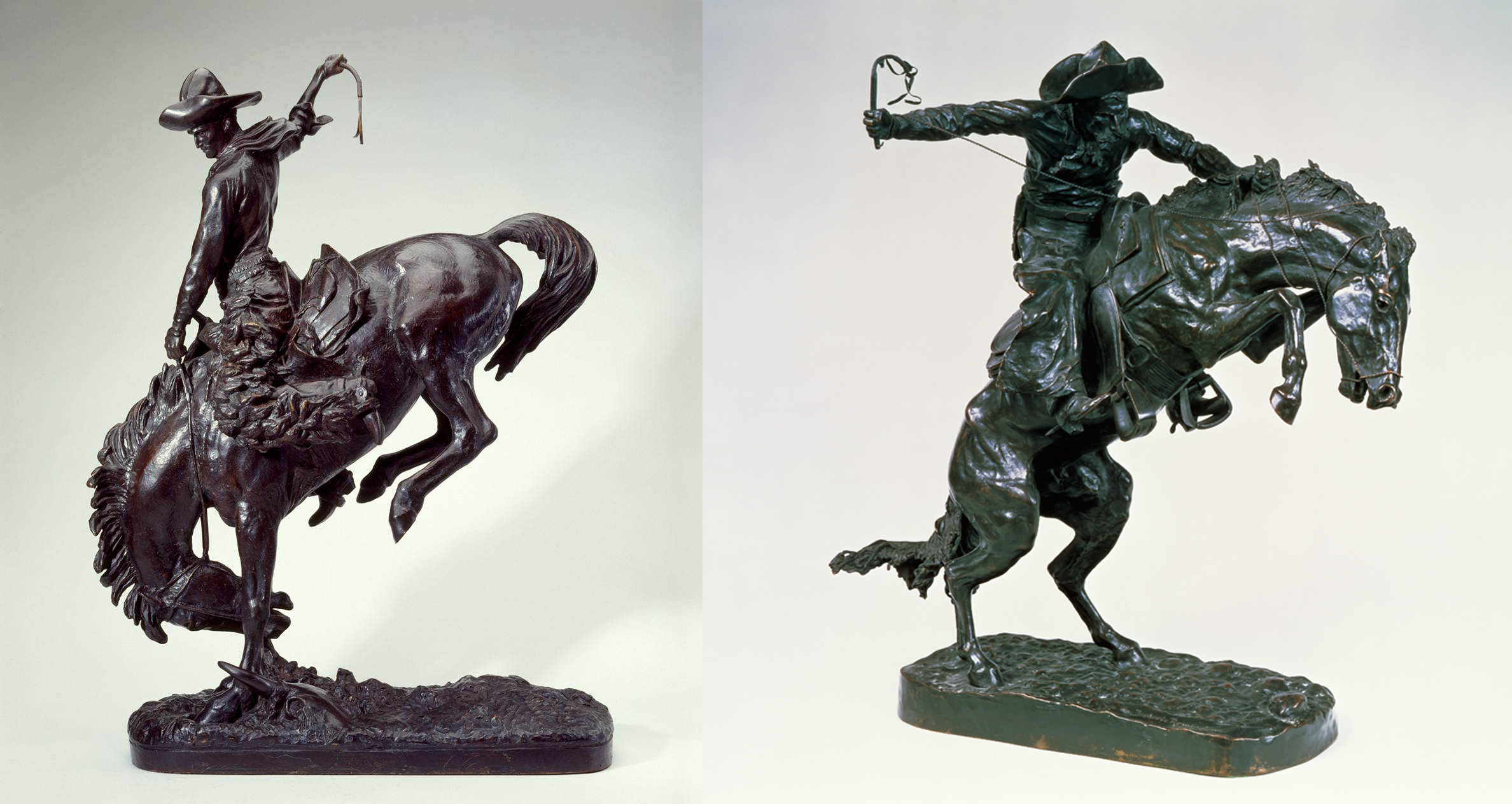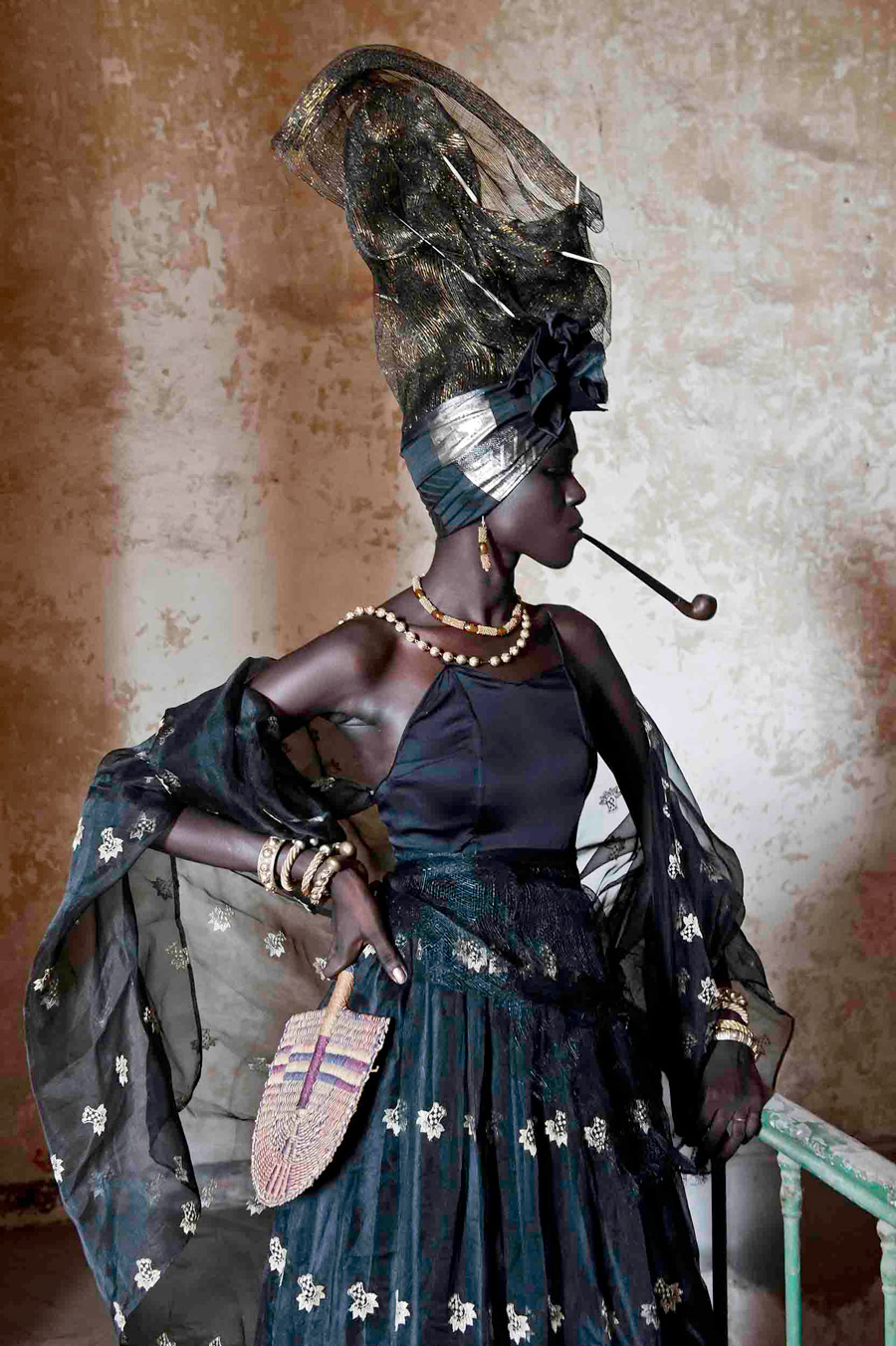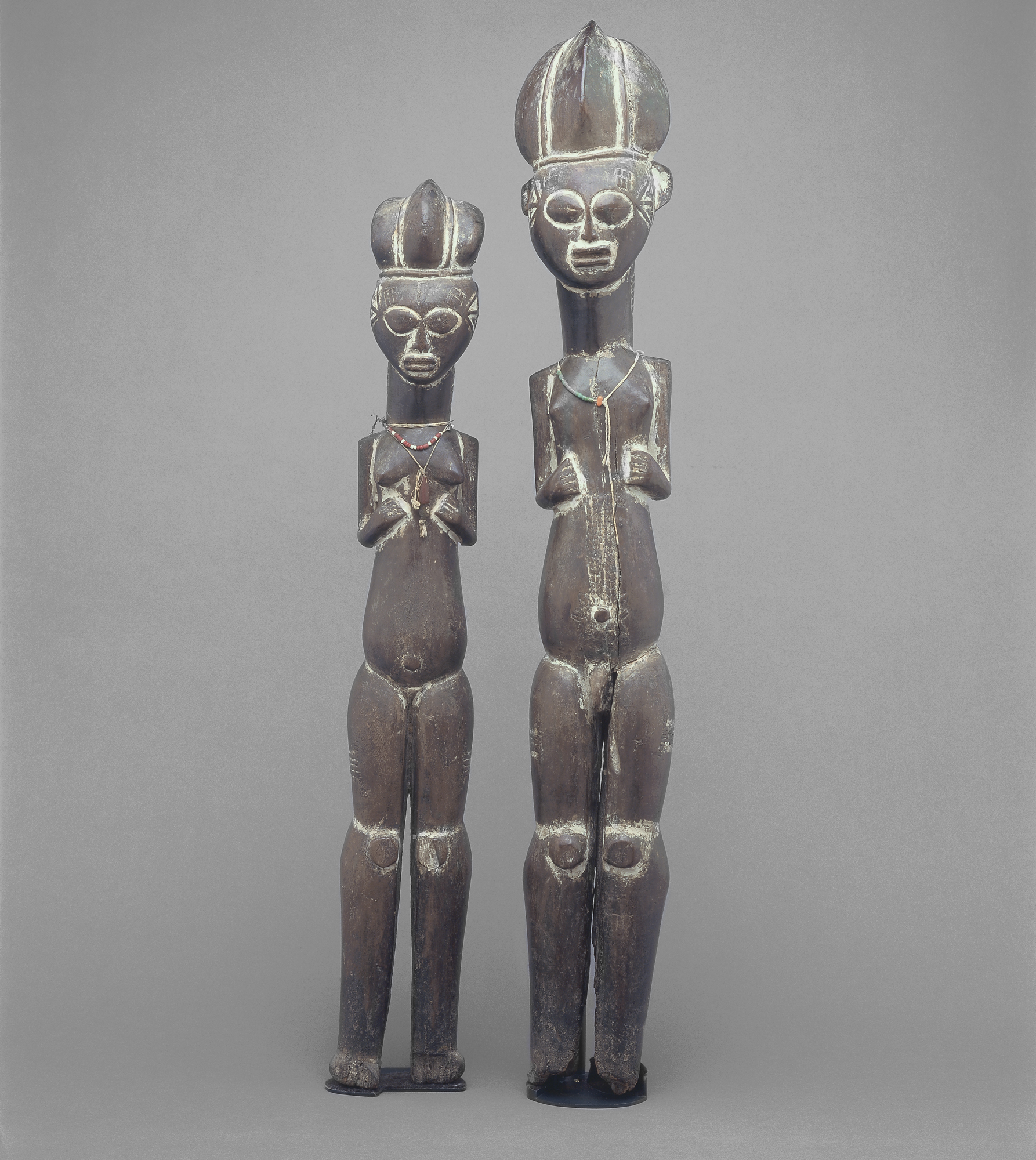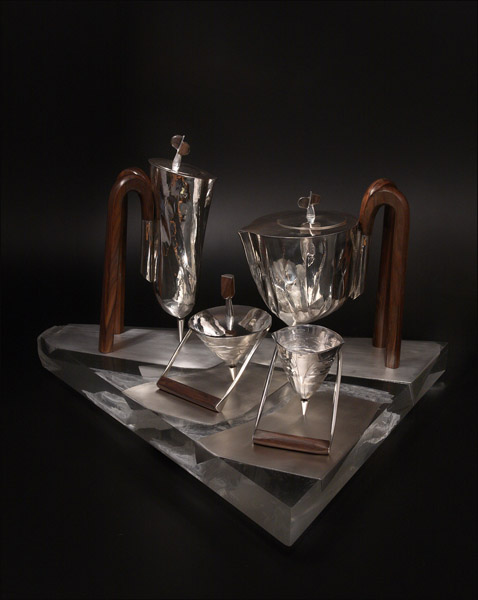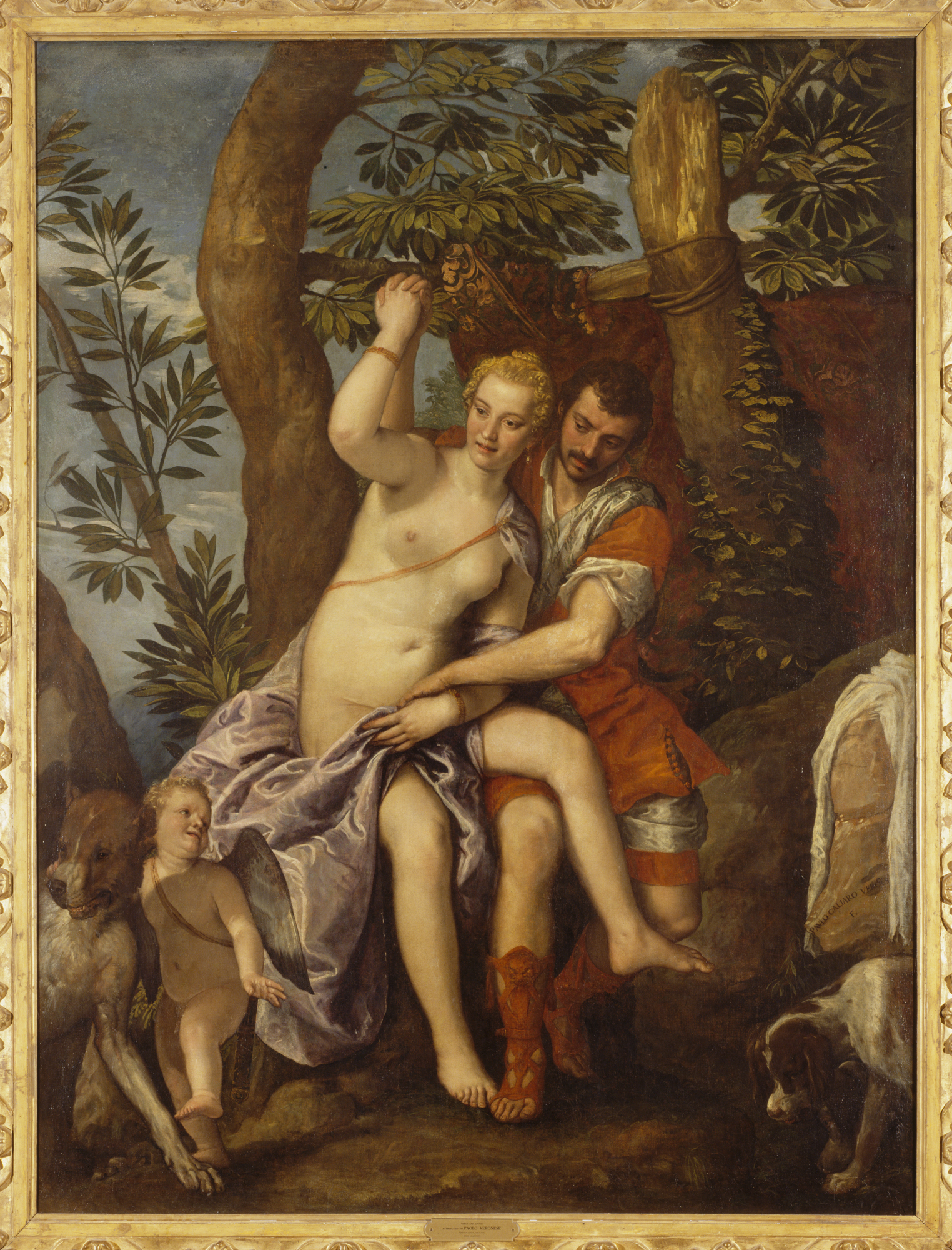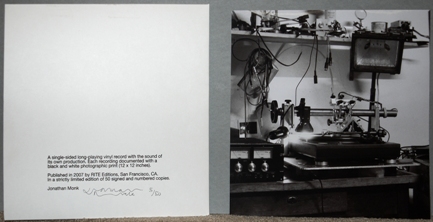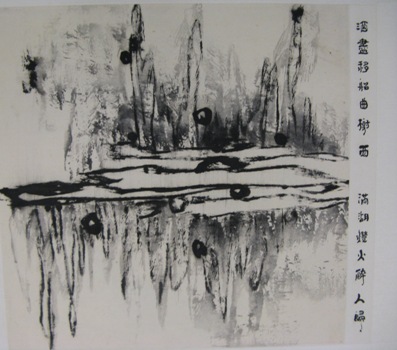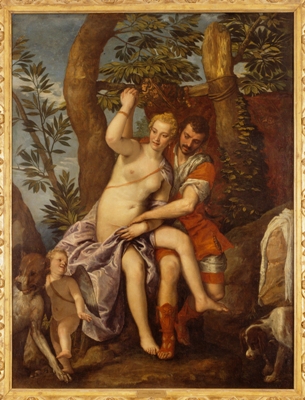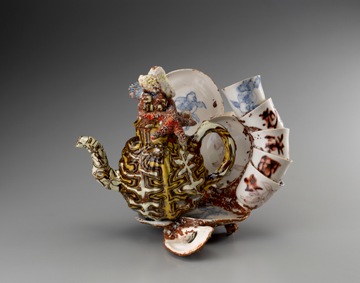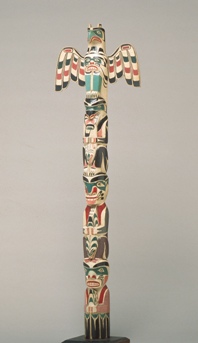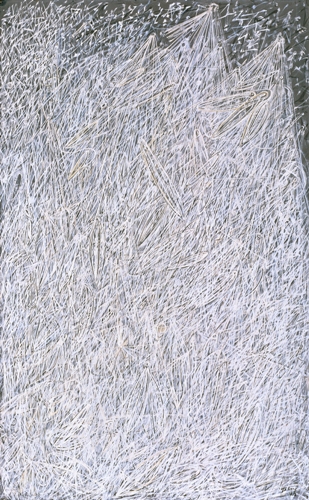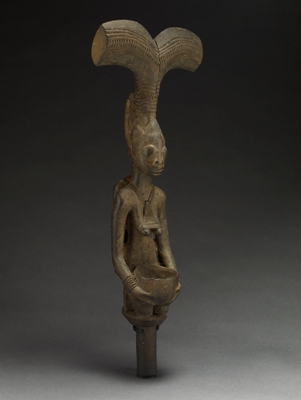SAM Art: Lecture tonight
Bronze abides forever. That idea changed the course of Frederic Remington’s career, and shaped the work of Alexander Phimister Proctor.
Frederic Remington was in his day and remains now the most famous painter and illustrator of the western cowboy. His early adventures in the far west introduced him to the Mexican vaqueros, admiring their derring-do as they fought to tame wild horses, the bronchos, and had done for generations. The Broncho Buster was displayed for years in the window of Tiffany & Co. in New York, where Gilded Age admirers eagerly ordered casts of Remington’s masterly vaquero.
A westerner by birth, Alexander Phimister Proctor earned an international reputation as one of the most accomplished sculptors of his generation. Animals became a specialty: Heroic horse and rider monuments by Proctor can be found from Portland, OR to New York, NY.
Buckaroo and other works by Alexander Phimister Proctor are currently on view in the American art galleries at SAM. Also on view (as a Super Bowl loan from the Denver Art Museum) is The Broncho Buster by Frederic Remington. Learn about both works in today’s members art history lecture.
Members Art History Lecture Series:
Curator’s Choice with Patricia Junker
Buckaroos in Bronze
March 19, 2014
7–8:30 pm
Plestcheeff Auditorium, Seattle Art Museum
